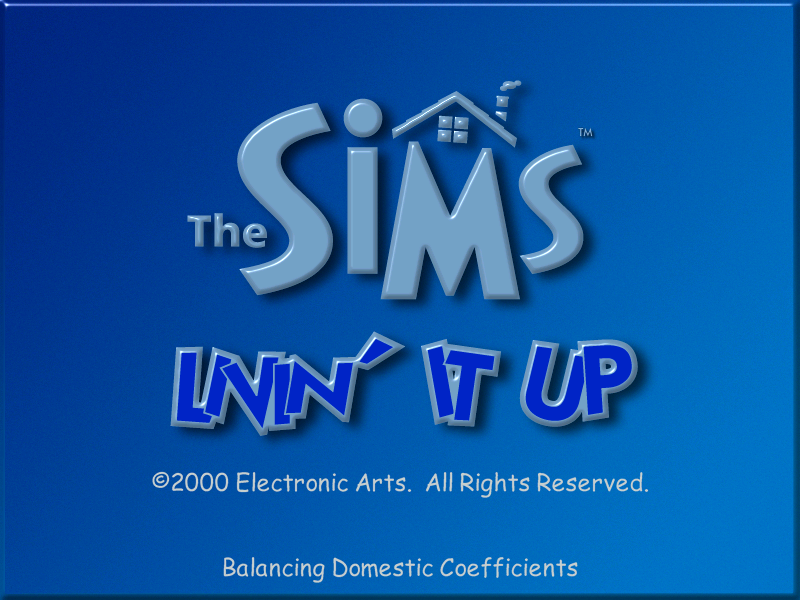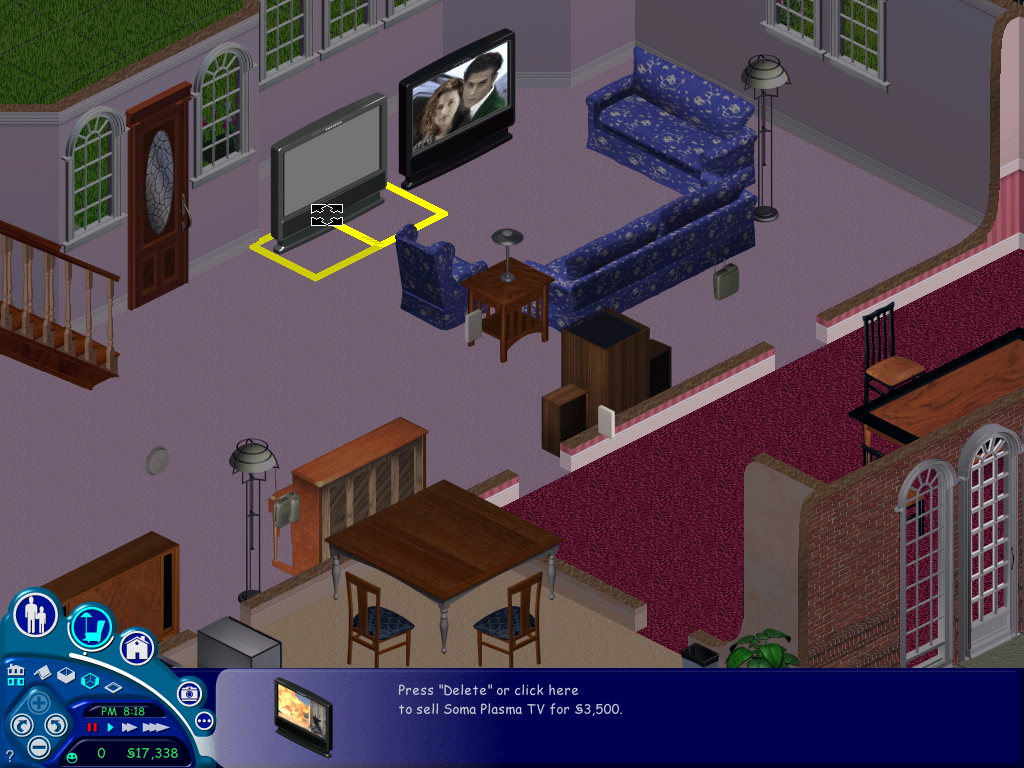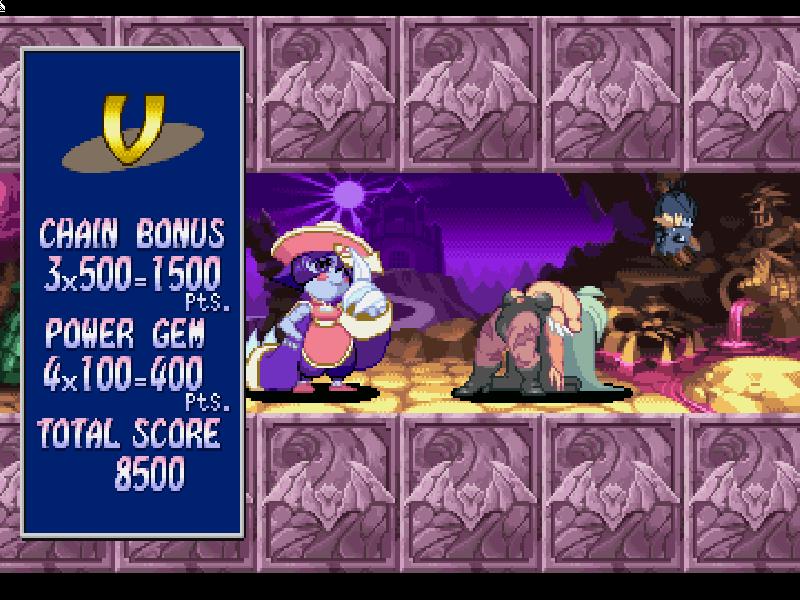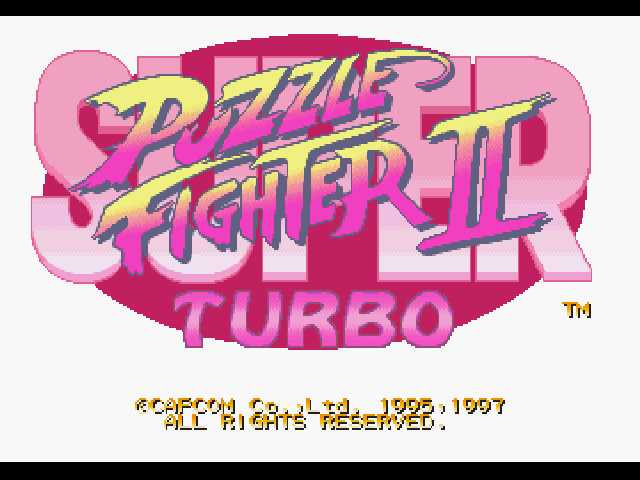Set in one of the World Wars, here you are the commander who is responsible for the lives of up to six men, and possibly the rest of Europe.
The games uses an isometric view, similar to the Sims but without the rotatable camera. Locations start off in Europe, but also range to Africa. The game is played using an isometric 2D view from only one angle, similar to The Sims. There are a couple of FMV sequences with footage from the time period itself which is related to the mission, this makes the game a good history lesson. Unfortunately in order to run on 1998 era hardware the footage ha to be heavily compressed to fit on a CD-ROM.
The games cover art is rendered in 3D, and there are some renders of the main character themselves. Sadly this is never used in game but would be ideal if the game was to be remade.

The game is mainly played in single player, but a multiplayer mode using LAN is supported. Here one player runs a server which will allow the clients to connect, and missions can be played cooperatively.

Characters
There are six character in the game, each has their own voice and skills depending on their branch in the military. Each character will have a different loadout depending on the mission, and some missions require a certain character to be above in order to complete the objective, otherwise its game over.
• Green Beret: The badass from Ireland, defiantly the man you want on your side during the World War. He is one of the more common characters you will command, being present in nearly every mission. Typical load-out consists of a pistol, a decoy radio to distract enemies, a knife to stab enemies in close contact. The green beret can also climb certain surfaces without the use of a ladder and can move barrels and corpses to hide from the enemy which prevents the alarm from being set off. In certain missions he can also bury himself in the terrain (typically snow). The green beret will be the most used character in the game, so its worth keeping him alive.
• The Sapper: Expert in explosives and demolitions of which there are two types of bombs that he carried, a timed explosive which is deployed and explodes after a short amount of time, and a trigger explosive which is triggered by using a switch. Grenades are also equipped which can be used to destroy a group of enemies, but the loud noise will cause the alarm to sound. The explosives are only used towards the end of the mission.
• The Driver: An American soldier., Is mainly present in missions where a truck or a vehicle is being used. He also functions as the medic and can heal other commandos if they lose any health. He also carries a machine gun if things get a little heated.
• The Sniper: A well mannered Sniper with a deadly weapon, also services as the teams medic if the Driver is not present on the mission
• The Marine: An Australian who is able to go underwater. Ideal for maps that contain a lot of water or a river, which may be needed to navigate to certain areas. The marine carries a diving suit that allows him to swim underwater, and will sometimes have a inflatable raft that can carry up to two other commandos.
• The Spy: A French former soldier who can wear the Nazi uniform as a disguise, although this only fools regular Nazi soldiers and has no effect on commanders, who will see through the disguise. Carries a syringe loaded with leather poison to silently take out enemies making I’m sort of like an assassin.
• There are two over controllable characters that appear in some missions, the Pilot which is used to escape at the end in a plane (Level 10), and the prisoner who your commando will have to rescue as part of the mission (Level 12)
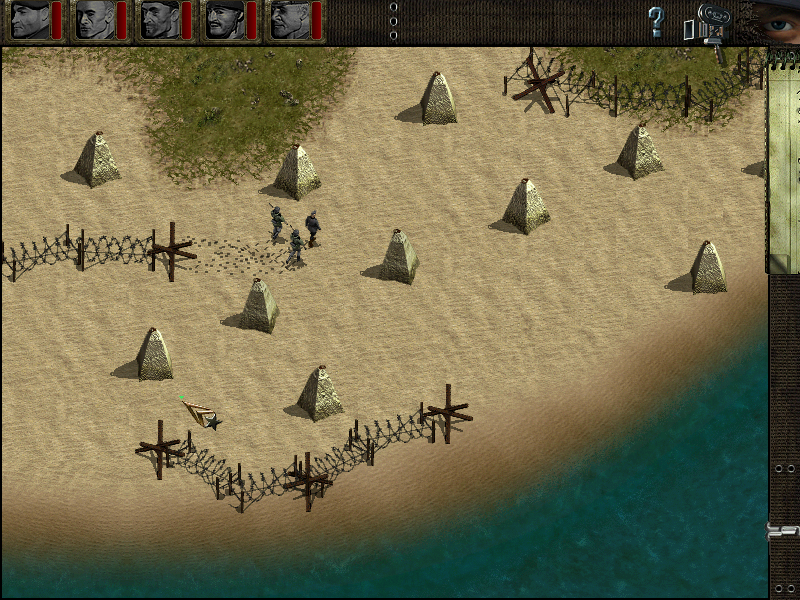
Levels
First few levels are set in Norway, and feature green terrain with some parts of snow on the ground. Be mindful of this as enemies can see your footprint in the snow and will investigate. Level 5 is completely covered in snow and takes a while for them to disappear.

Levels 8 – 12 onwards are set in North Africa, and you will notice the new terrain as well as the new outfits your commands will be wearing. In these levels oil canister’s can be used to set building and vehicles alight, with the game considering this as an explosion and trigging an alarm. You can place multiple barriers nearby to create a chain reaction explosion.
Level 13 – 15 and onwards are set in Normandy and features a varied terrain.
Finally levels 16 – 20 are set in Germany.
There are also a few tutorial levels available to learn the game mechanics.
Gameplay
Guards – these will be populated throughout the map and are your main enemy. Some of these will be stationary but will others will follow a preset patrol route. There can also be a group of guards, typically 3 but sometimes up to 8 following a preset route. You will need to study their route and make sure your commando does not fall into their field of view. If the tertian contains snow, make sure they don’t catch your footprints.
Enemies can also be stationed in machine guns or armed vehicles, and may also be hiding in various building indicated by the Nazi flag.
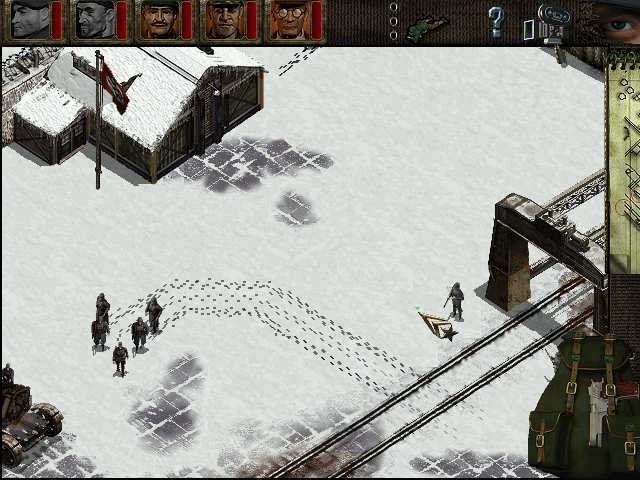
Alarm – If a group of soldiers notice any dead fellow officers (They shout something along the lines of uncle Lester), or hear any gunfire or explosive, an alarm will sound which will cause more enemies to appear on the map, and will often patrol more quicker. This makes it harder to complete the objects since guards will be on higher alert, and you will have to be more stealthy from then on.
Sometimes soldiers will should Alarm, but one will not sound as they are too far from base. You can use this to your advantage by studying the map to see where the nearest bunker is.
In some levels, sounding the alarm is an instant mission fail.

Game settings
Submissive to enemy halt, if your commando gets caught by the enemy, this option determines if they halt their existing command, or if they will continue as normal.
Laconic commands refers to the acknowledgment your commando will make when you issue a command, if this gets annoying you can disable it and will mute your commandos.
The third option I would assume refers to background noise, but I wasn’t able to change this option.

Multiplayer

There are two ways to player a multiplayer game, either locally using IPX, or over the internet using TCP/IP. Both options are difficult to do since IPX support has been deprecated in modern versions of Windows (XP onwards) and the MPlayer service, which the game relied on for its central server is longer online. Trying to connect results in the above error message.
However it may be possible if you use two Windows 98 machines, and dedicate one as the server, since the server application is simply a console/MS-DOS program that runs in background.
